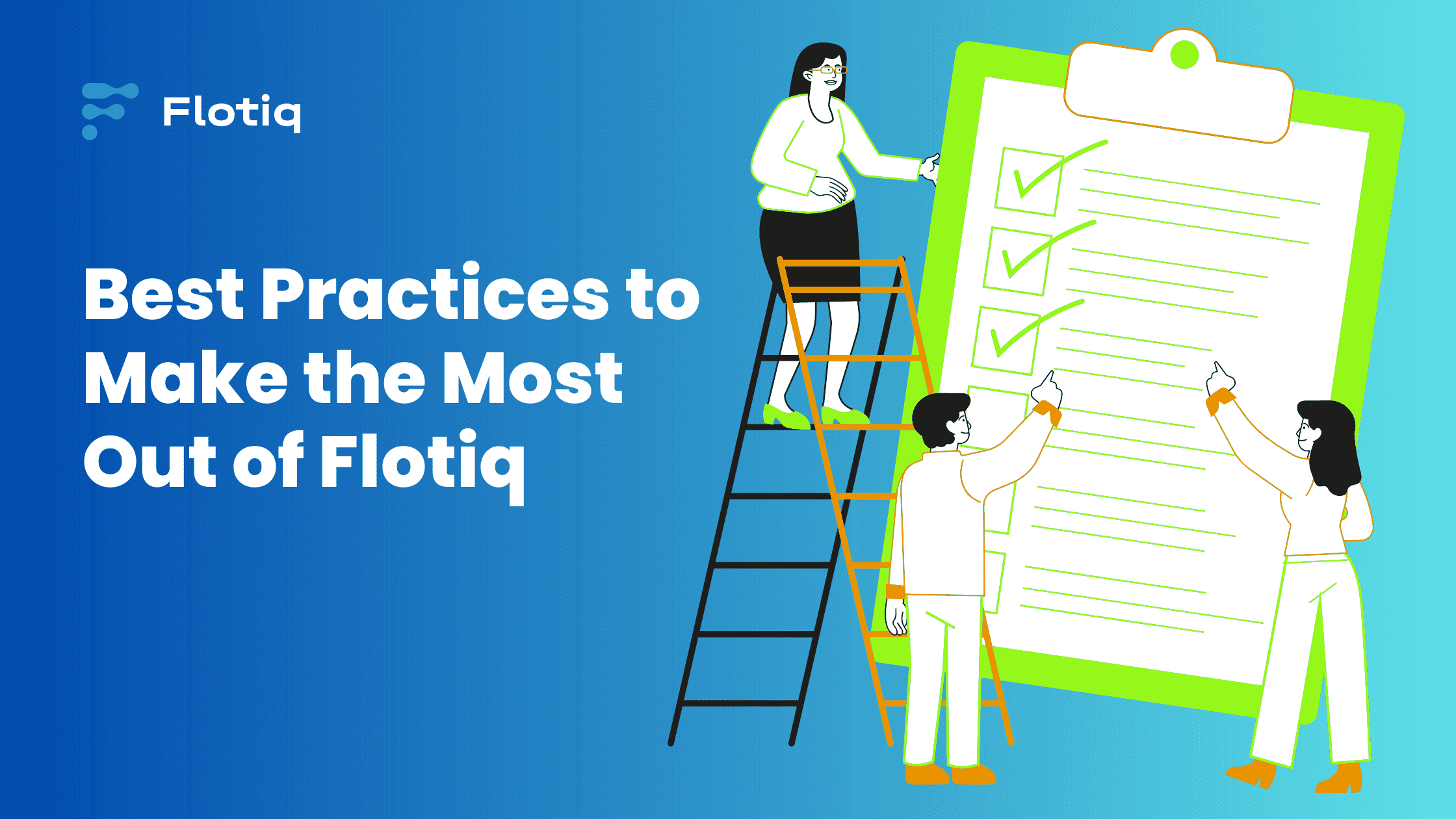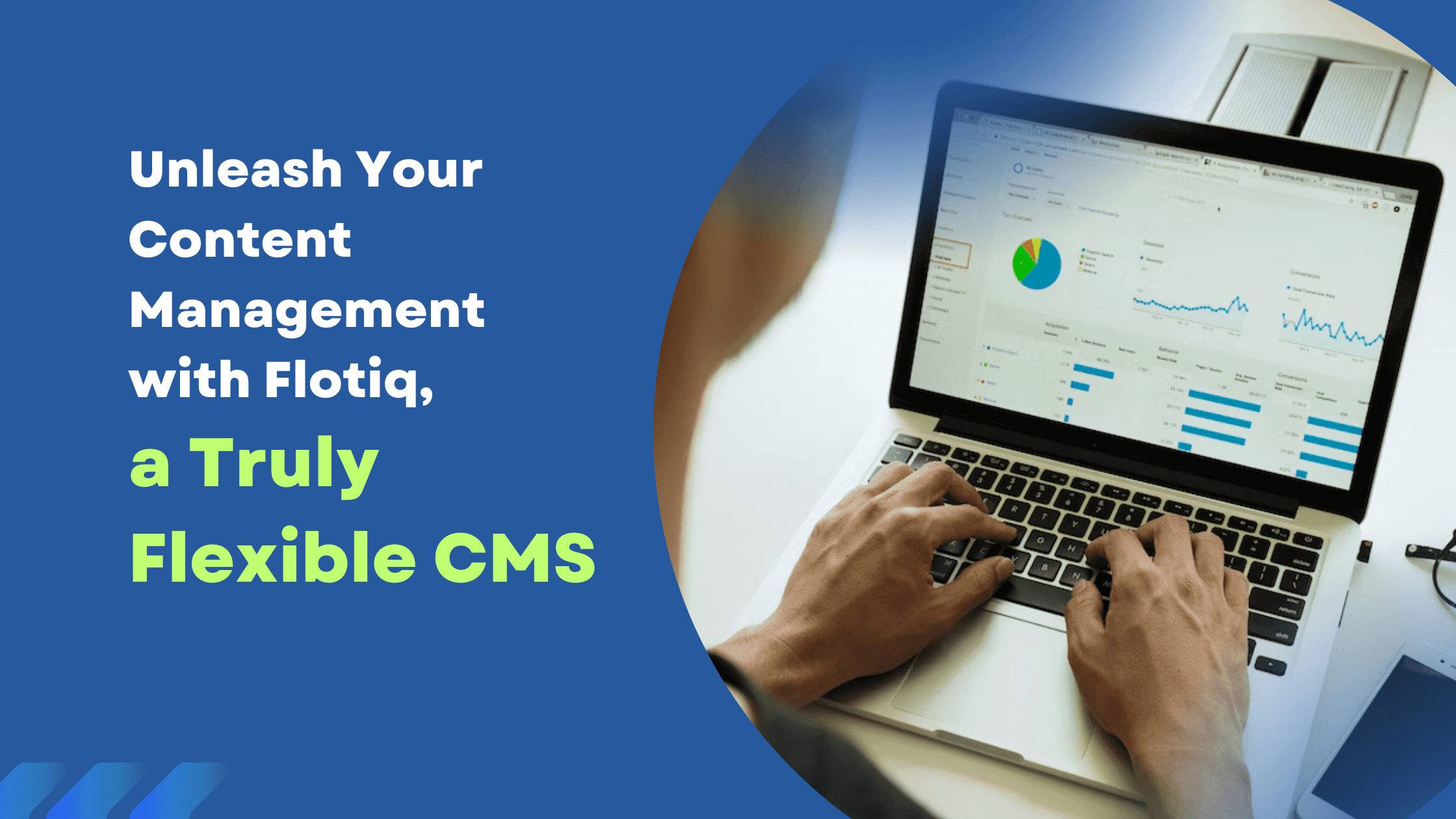31 Jan 2024
Leverage headless CMS for rapid API design and adoption
This article discusses how large organizations are using headless content management systems to rapidly deploy APIs with little development effort.
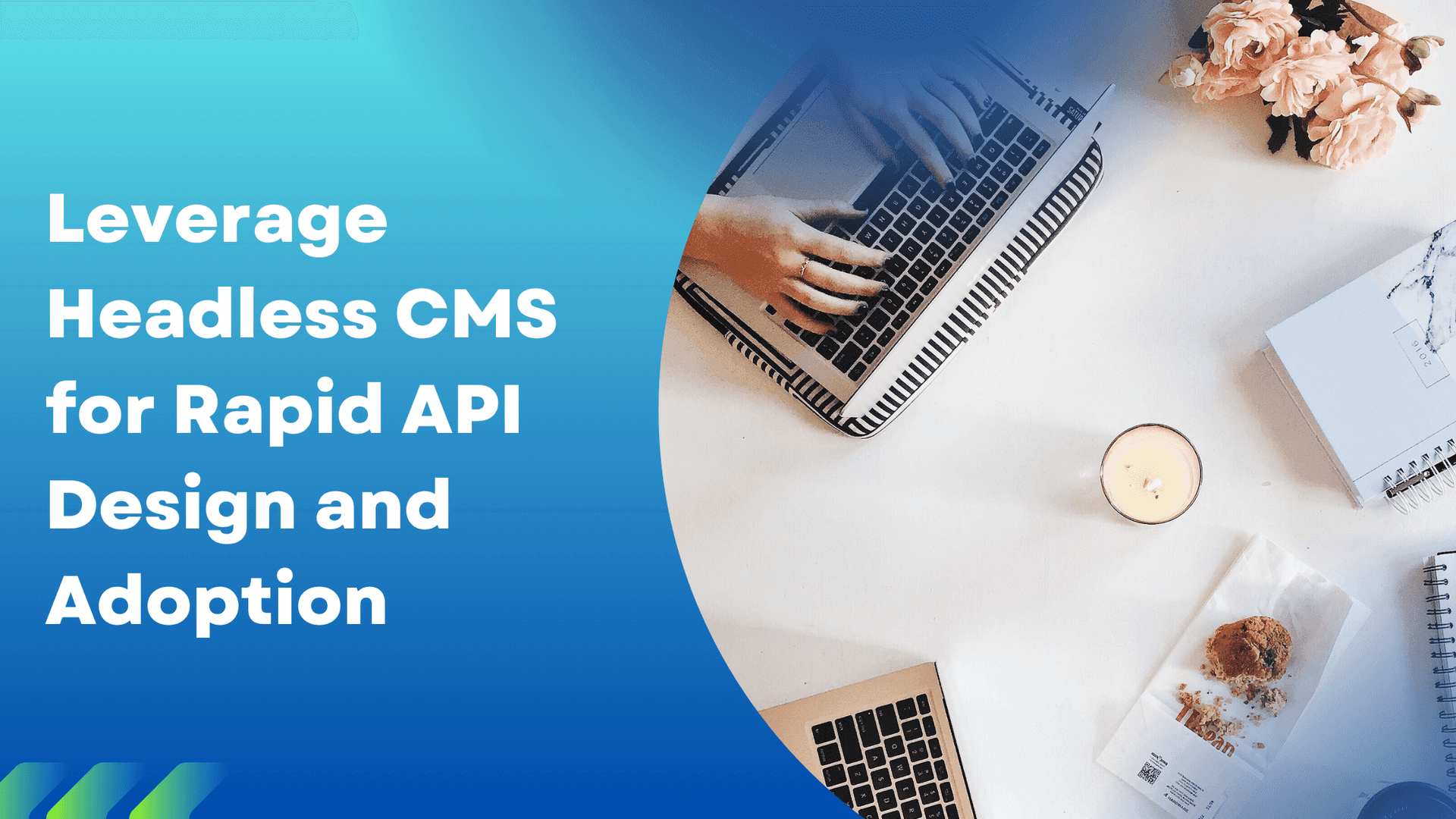
Almost any software project requires a data storage of sorts. Instead of directly interfacing with databases, organizations more frequently rely on APIs to persist and pull in data from external sources. This approach makes it possible in many cases to remove reliance on state and create stateless services that are easier to maintain and scale.
In reality, though, at the end of this chain there has to be a system that will store and expose the data. Headless content management systems are a solution that solve this purpose in a neat way, offering several benefits:
- API-based access is the standard way of accessing data in headless content management systems (CMS).
- Data model can be defined by the users on a per project basis.
- Headless CMS has user interfaces for working with data (content), as well as for designing the data model.

Figure 1: High-level overview of services communicating with a Headless CMS.
Rapid API Design
REST APIs are, by design, built around resources or data that is accessed and modified through the API. In many cases, a basic set of CRUD (create, read, update and delete) operations is provided through the API in order for the external services to interact with the data. Using a headless CMS, architects can quickly design data models that are bound with the REST APIs, for example systems like Flotiq and Strapi automatically publish the data defined in the system in a RESTful API:
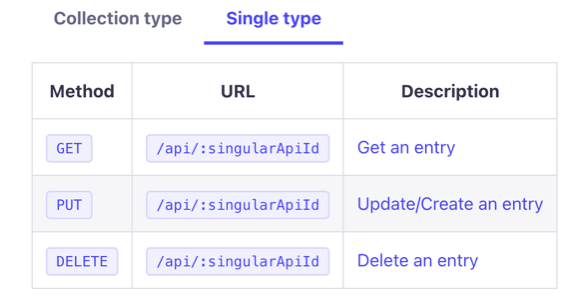
Figure 2: Strapi endpoints schema for accessing user content
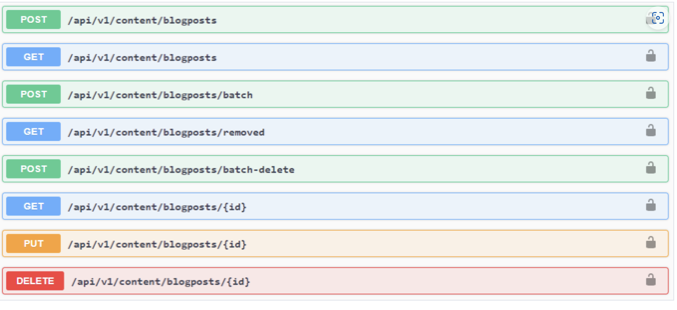
Figure 3: Flotiq-generated API for a “blogpost” data type
This approach makes it easy to immediately deploy CRUD APIs without any development effort.
Adding some logic
Of course, basic CRUD operations usually do not cover the needs of a project, even the simplest one. More complex validation rules, conditional data processing and similar actions are not going to be implemented inside a headless CMS system. It can, and should, happen externally in an environment that you fully control, and a headless CMS can offer a way to plug your external services into the data-processing flow (similar to how Kubernetes admission controllers work).
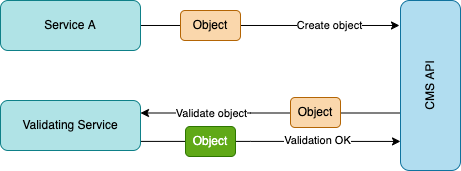
Figure 4: Object processing flow extended with external validation.
This way headless CMS can extend the basic CRUD operations with any custom logic that can be used to process incoming data. Together with webhooks — a typical “outgoing” event communication mechanism, these features can help cover quite a bit of use cases.
Encouraging API adoption with headless CMS
Headless CMS can help facilitate API adoption in several ways:
- By providing standards-compliant APIs (OpenAPI).
- Through automated API documentation that can be shared with development teams.
- By supporting API publishing in API Management solutions.
- By providing code examples and development sandboxes.
These features foster a more efficient and collaborative development environment.
Standards-based communication
OpenAPI is big in enterprise because of the promises it gives on interoperability and simplified data exchange between systems in heterogenous environments. Systems that implement OpenAPI communication standards are able to interface with each other in a predictable way. Headless CMS solutions that can directly expose your content in an OpenAPI-compliant way will offer you the best return on investment (ROI) because of the instant compatibility with many other systems.
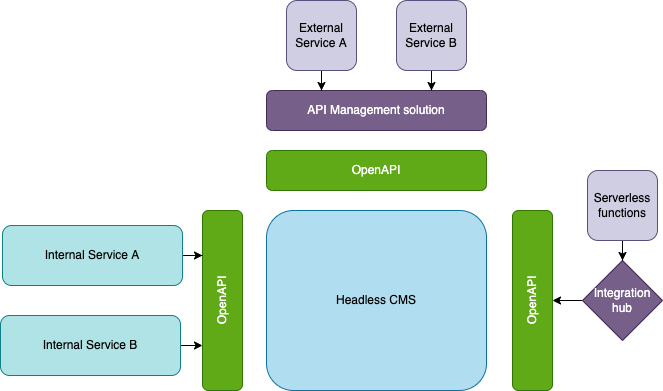
Figure 5: OpenAPI-compliant APIs exposed from headless CMS.
Moreover, with OpenAPI compliance APIs can be instantly published in API Management Solutions, where enterprise policies can be applied and which can help in the discoverability and can drive further adoption of the APIs. In a similar way, APIs can be easily utilized in hubs like Microsoft Power Platform, Zapier and similar where they can be connected to lambda functions or other integrations.
Example headless CMS systems supporting OpenAPI:
Flotiq (native support).
Conclusion
API usage and adoption of the API-first design principles has exploded in the last few years. Cloudflare has reported that API traffic has exceeded 54% of all internet traffic in 2021. Using headless CMS systems for prototyping and publishing APIs, both for internal as well as external use, is a great way to foster API adoption across organizations. Particularly, using systems that can publish APIs that are compliant with OpenAPI is a perfect choice as it opens up endless opportunities for integrating with other systems. We’ve seen this pattern applied on numerous occasions with good results.
Frequently asked questions
- Integration Challenges: A key question that may arise from the article is how organizations can address integration challenges when implementing headless CMS for API design. Understanding common hurdles and effective strategies for integration will be crucial for readers considering this approach.
- Security Concerns: The article touches on external data processing and the need for control, but it doesn't extensively cover security considerations. Readers may wonder about the specific security measures and best practices associated with using headless CMS for API development, especially in ensuring the protection of sensitive data.
- Real-world Use Cases: While the article discusses the benefits and features of headless CMS, it lacks specific examples or case studies of successful implementations. Readers may be interested in real-world use cases to better comprehend the practical implications and success stories of organizations that have effectively employed headless CMS for rapid API deployment.
Originally published at The New Stack
...

